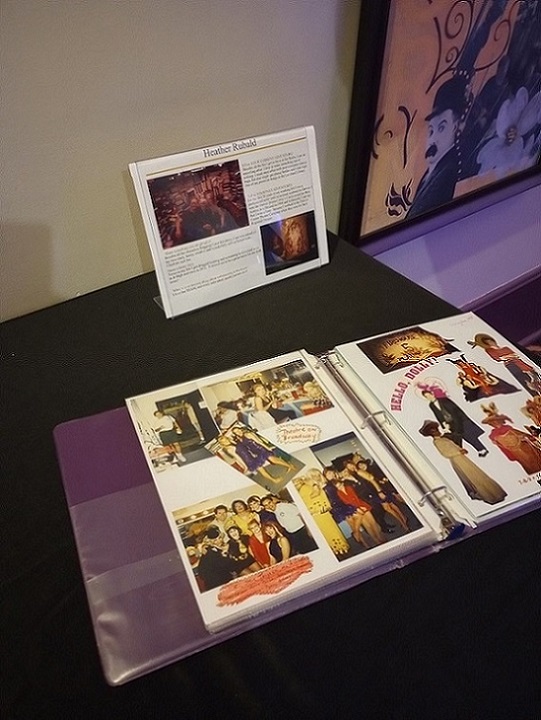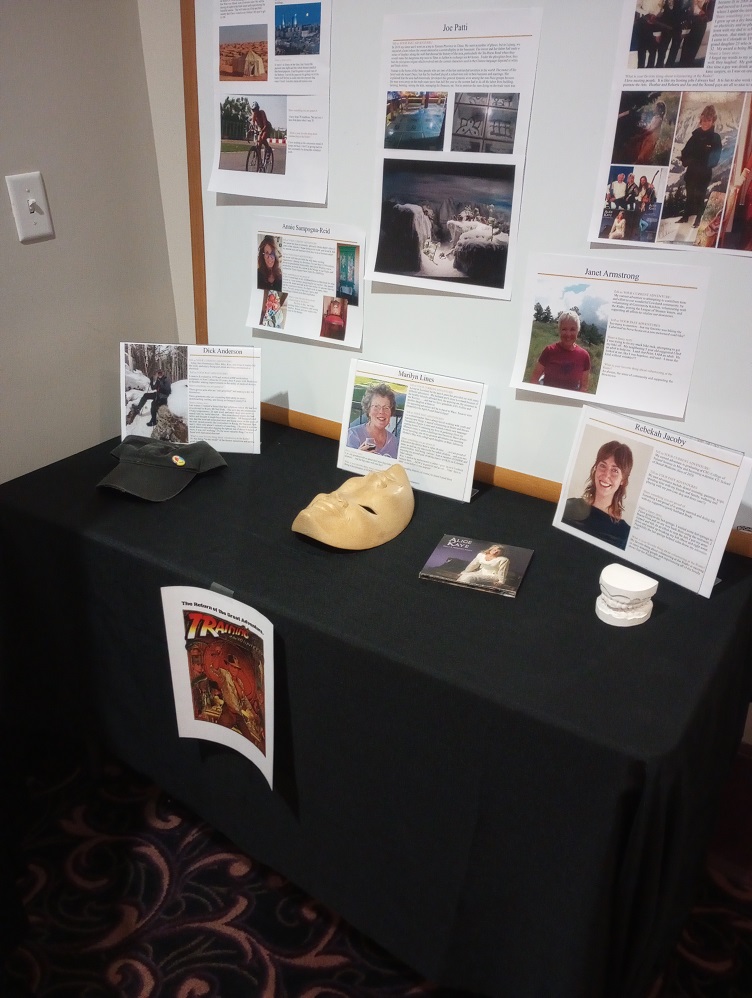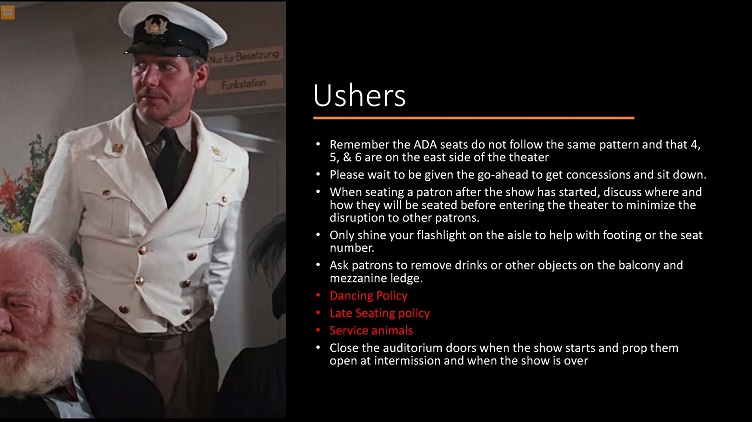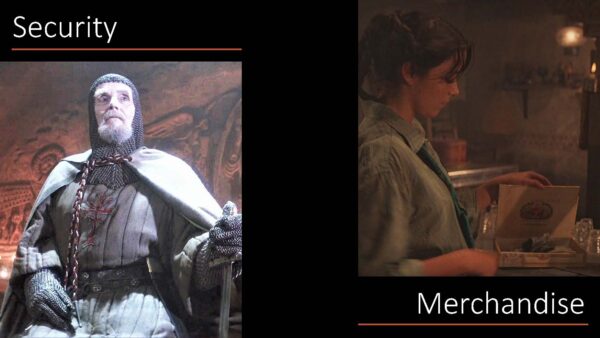Back in February I caught a broadcast of NPR’s podcast show Code Switch where the episode was about the music that came out of or was inspired by Japanese internment. Artists like Kishi Bashi and Mike Shinoda of the band Linkin Park are among descendants of internees and wrote music how that impacted their family, especially in terms of the silence that was maintained about the experience.
The story particularly resonated with me because our local art museum had just closed a show of Ansel Adams photos taken at the Manzanar War Relocation Center during the internment as well as a show in another gallery depicting life at Granada Relocation Center, here in CO, better known as Amache. The museum apparently didn’t know at the time the show opened that President Biden would sign an act creating the Amache National Historic Site a couple weeks before that show ended.
In 1944, while the war was still going on, Adams displayed the photos he took in a controversial show titled “Born Free and Equal,” referring to the fact that most of those interned had been born in the US, perhaps generations prior.
The show here in town had a significant impact in the greater community. Attendance was at some of the highest rates the museum has experienced. I happened by the front doors one day and a family exited in silence until one of the parents said, “Well that was something. What did you think of that?” A man who had been interned at one of the camps as a child traveled some distance with his family and brought a book he made of his drawings and remembrances he created while there. He presented a copy to the museum director and one to the curator.
While I was listening to the Code Switch episode, I wished they had run it a few weeks earlier to align with the shows at the museum so they could have expanded the story they told about the relevance of the shows.
I also wondered why there seemed to be such an alignment of information about the Japanese internment recently. The hosts of the radio story mentioned that the US government had issued an apology some years ago and paid out reparations to internees and their families. Those people in turn have donated money to organizations who promote Japanese culture and history in the US, including increasing awareness about the internment.






This is such a thought-provoking post! It’s fascinating to consider how everyday beauty in design, even in functional spaces like…